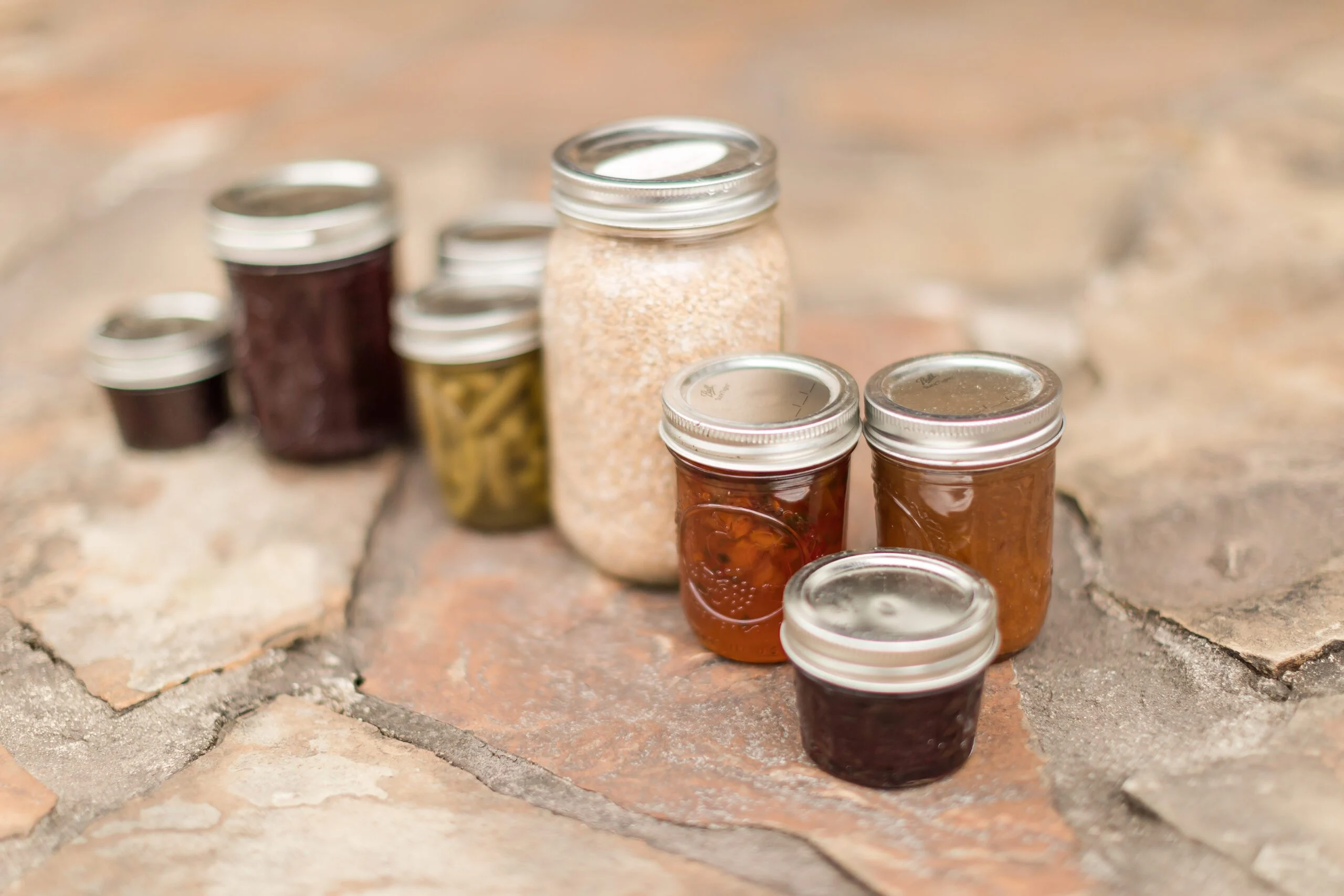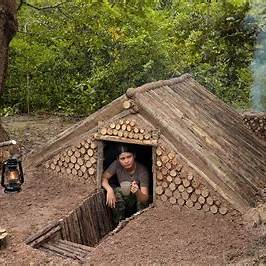Creating a hidden food cache in your home can be an invaluable resource for emergencies, unexpected shortages, or simply for long-term preparedness. A well-organized, concealed food storage ensures that your supplies remain safe, accessible, and preserved for when you need them most. In this guide, we will explore how to build a hidden food cache effectively and safely within your living space.
Step 1: Understand the Purpose and Plan Accordingly
Before you start, clarify why you want a hidden food cache. Whether for emergency preparedness, food security, or discreet storage, knowing your goal will help determine size, location, and contents.
Considerations:
- Quantity: How much food do you want to store?
- Type of Food: Focus on non-perishables with long shelf lives.
- Accessibility: How quickly should you access the food?
- Safety: Ensure storage conditions prevent spoilage and pest infestation.
Step 2: Select the Right Location
Choosing a discreet yet practical location is crucial for a hidden food cache.
Common locations include:
- Under furniture: Utilize hollow spaces inside ottomans or sofas.
- Inside closets or cabinets: Use back corners or false bottoms.
- Basements or crawl spaces: Often less frequented and cool.
- Behind walls or inside false panels: Requires some DIY skills.
- Inside large appliances: Such as unused drawers or compartments in refrigerators or freezers.
Tip: Avoid damp or humid areas to prevent mold or food spoilage.
Step 3: Choose Suitable Food Items
Focus on foods with long shelf life and nutritional value.
Recommended food types:
- Canned goods (vegetables, meats, soups)
- Dried grains and pasta
- Rice and beans
- Freeze-dried meals or MREs (Meals Ready to Eat)
- Powdered milk or protein powders
- Nuts and dried fruits
- Shelf-stable snacks like crackers
Step 4: Use Proper Storage Containers
Proper containers protect food from moisture, pests, and air exposure.
Container options:
- Airtight plastic or glass jars
- Mylar bags with oxygen absorbers
- Food-grade buckets with sealed lids
- Vacuum-sealed bags
Label containers with contents and expiration dates for easy management.
Step 5: Organize Your Cache Efficiently
Good organization allows quick access and rotation.
How to organize:
- Group similar items together.
- Place frequently used items in the most accessible spots.
- Implement a “first in, first out” system to use older stock first.
- Keep an inventory list updated with quantities and expiration dates.
Step 6: Conceal Your Cache Effectively
Disguise the cache to avoid detection.
Concealment ideas:
- Use furniture with hidden compartments.
- Store containers inside hollow books or boxes.
- Camouflage using existing household items or décor.
- Create false bottoms in drawers or cabinets.
- Use locked storage for additional security.
Step 7: Maintain Ideal Environmental Conditions
Food preservation depends on appropriate temperature and humidity.
Maintain:
- Cool temperature (ideally 50–70°F or 10–21°C)
- Low humidity to prevent mold (below 60%)
- Dry and dark environment to reduce spoilage and pest attraction
Use dehumidifiers or moisture absorbers if necessary.
Step 8: Regularly Inspect and Rotate Stock
Periodic checks help ensure your food cache remains viable.
Inspection routine:
- Check for damaged packaging or leaks.
- Remove expired or spoiled items.
- Replace consumed items to keep inventory consistent.
- Clean storage areas to prevent pests.
Step 9: Plan for Accessibility and Emergency Use
Ensure you can quickly access your cache when needed.
- Keep keys or access codes secure but available to trusted family members.
- Share the cache location with household members for emergencies.
- Practice retrieving items to familiarize yourself with the setup.
Step 10: Supplement Your Cache With Water and Supplies
Food is essential, but water and other survival supplies are equally important.
Consider storing:
- Bottled water or water purification tablets
- Manual can openers
- Cooking utensils and portable stoves
- First aid kit and medications
Conclusion
Building a hidden food cache in your home requires thoughtful planning, proper storage techniques, and ongoing maintenance. By selecting the right location, foods, and containers, you create a reliable resource that can support your household in emergencies or unexpected situations. With attention to concealment and accessibility, your hidden cache will remain safe and ready when needed.






